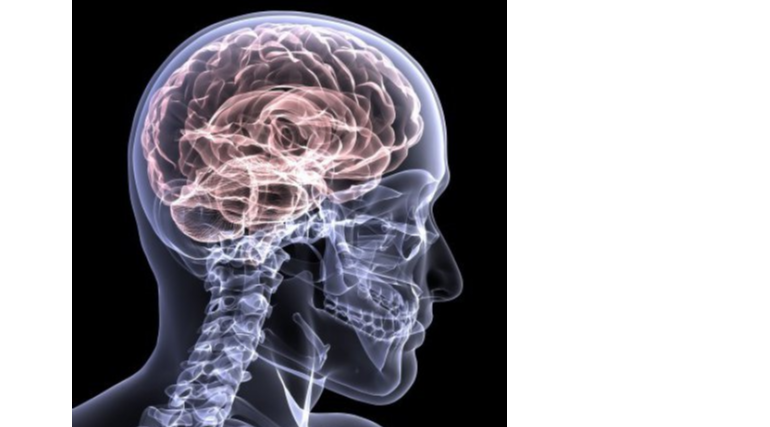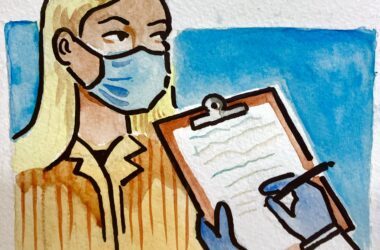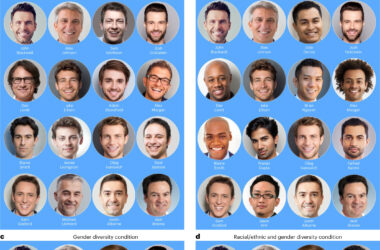While thousands of sports-related concussions occur each year in Canada, the mechanisms behind the injury are still shrouded in mystery. Scientists use the word ‘concussion’ to describe the symptoms of damage inflicted on the brain, but they are still working to uncover the underpinnings at the cellular level. Concussions occur when the brain hits the skull, and are most commonly caused by a direct blow or quick jerking motions of the head.
In 2015, Dr. Alain Ptito, director of the Department of Psychology at the McGill University Health Center (MUHC) and concussion researcher, developed a scan to determine whether or not a person has sustained a concussion.
“When someone has a concussion, [and] they undergo a scan, 99.9 per cent of the time, the scans are normal,” Ptito said in an interview with The McGill Tribune. “I have been interested in looking at how we could develop diagnostic tools to help us […] decide whether an athlete is affected and when that athlete is able to return to play.”
Ptito, along with Jen-Kai Chen and other researchers at McGill, the Montreal Neurological Institute and Hospital (The Neuro), and the MUHC, have developed a functional neuro-imaging test to examine the brain while a patient is performing a particular task, such as navigating through a virtual neighbourhood. As the person carries out the task, the researchers can see anomalies in the brain that would not be visible on an MRI.
“When the person is doing a task in the scanner, the regions that are involved in that task demand more blood and more oxygen, and this is what the scanner picks up,” Ptito said. “Now, when somebody has a concussion and is symptomatic, we see a lack of activation in those regions compared to a control group, […] and then that helps us make recommendations [about] whether they are able to return to play or not.”
Although contact sports like football, boxing, and hockey receive the most attention when it comes to concussions, seemingly benign sports such as curling and horseback riding can also cause head injuries. In golf, concussions may occur if a golfer gets hit in the head by a ball, or if someone standing too close to the driver gets whacked in the head by the club.
Concussions are very prevalent in soccer, largely due to repetitively heading the ball and colliding with other players. Ptito’s group is currently studying the cumulative effects of heading the ball and whether having multiple sub-concussive blows can accumulate to a point where brain damage occurs.
“We see athletes playing soccer that get hit by the ball by accident, and they get totally messed up,” Ptito said. “[For] those that head the ball voluntarily, it’s less of a problem because their neck muscles tighten up, so the brain inside the skull doesn’t move as much.”
On average, women receive more concussions and take longer to recover than men, possibly due to hormonal differences or weaker neck musculature. There is a need for more sex-specific studies on concussions to better treat these injuries.
Another vulnerable group is student-athletes. Concussions come with disabling symptoms such as increased sensitivity to lights and noises, anxiety, irritable mood, difficulty concentrating, and slower reaction times, all of which can hurt a student-athlete’s academic success.
For those that suffer a concussion, Ptito advised rest accompanied by some level of activity.
“It is better to slow down and to do as much as you can, unless the symptoms get worse,” Ptito said. “If the symptoms don’t get worse, keep on doing what you’re doing and gradually increase the activity.”









